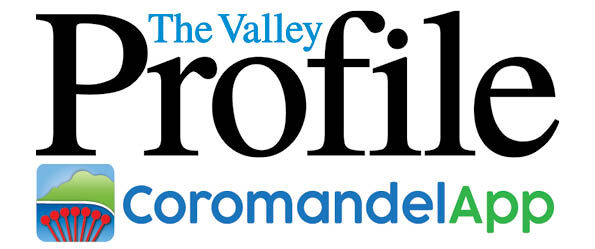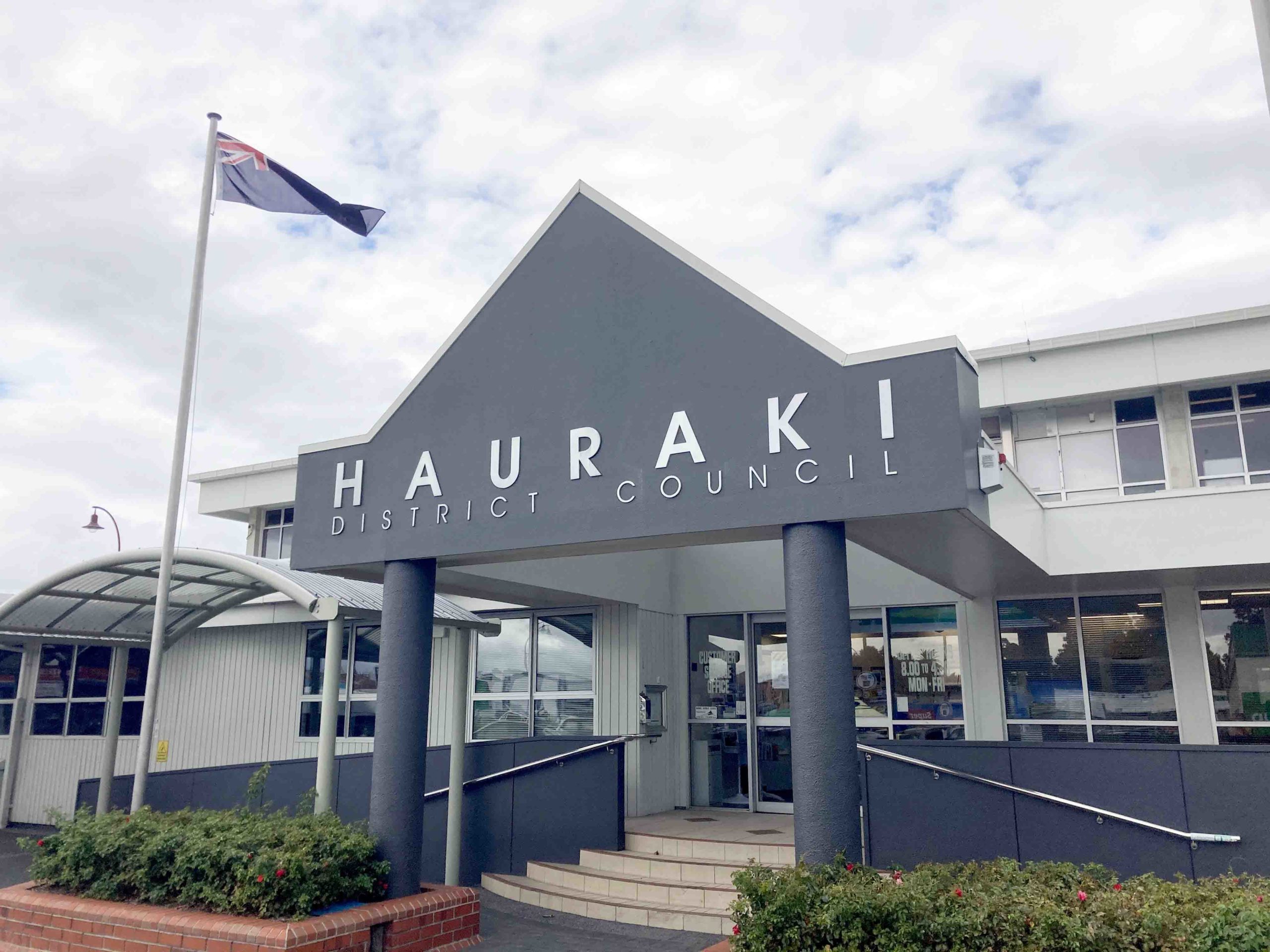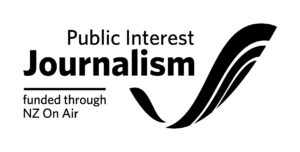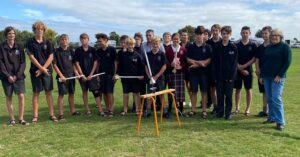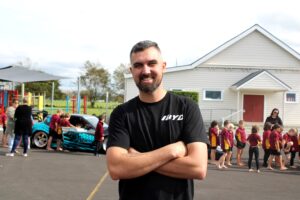In what Mayor Toby Adams said was one of the biggest decisions Hauraki District Council has faced in recent times, councillors decided on their preferred option to manage drinking water and wastewater delivery in the district.
The change is required by the government under its Local Water Done Well legislation, which replaced Three Waters.
The council’s preferred service delivery model, an independent council-controlled organisation (CCO) in association with six other regional councils across the Waikato, would provide the benefits of economies of scale, affordability, and sustainability to ratepayers, Mayor Adams said.
Council modelling suggested the estimated cost to ratepayers under the CCO, known as Waikato Water Done Well, would be around $4361 per annum by 2033/2034. The projected cost per annum under the council’s current long-term plan sits at $4402. The major reason for this increase is to meet wastewater regulations.
The council is seeking feedback on this option with a public consultation, and will also present a second option of an “enhanced status quo” – keeping water delivery much the same as it currently is, but with extra regulatory oversight. This option was estimated to cost ratepayers around $4447 per annum.
The consultation closes on May 23.
Regardless of the option chosen, the council will be moving wastewater charges from the property rates bill, to the water bill. This change takes effect on July 1.
Stormwater management will remain with the council.
Mayor Adams said the council has been working hard since Three Waters was originally floated, to ensure the district’s water infrastructure was fit for purpose.
“We’ve invested heavily and filled our work programme up to a point where our district is in a really good spot, infrastructure-wise,” he said.
“The biggest fear our ratepayers see now, is this debt. [But] debt ensures that everybody pays their fair share when they get to use that asset.”

Meanwhile, the council also approved its schedule of fees and charges for 2025-26.
The major changes are within user-pays activities such as hall hireage, pool fees, building consents and waste management, with several fees increasing to cover operating costs.
The council also approved a new targeted rate for Whiritoa ratepayers, to provide funding for the Whiritoa Community Hall, which costs approximately $10,000 a year to maintain.
One of the only community halls in the district not currently funded by a targeted rate, affected ratepayers will now pay $21 per property, to come into effect on July 1.
Councillor Rattray noted there was significant support in the Whiritoa community for the new rate.
Another decision which initiated much discussion among councillors was whether to allocate funding for an upgrade of the lights on Waihī’s Poppet Head.
The iconic mining structure, which sits alongside the Pumphouse at the top of Seddon St, has had numerous repairs to the strip of LED lights affixed to it. Council staff suggested the lights be replaced with pre-programmable, colour-changing lights at a cost of $27,000.
Mayor Adams said it would be cheaper in the long run to take this option – “do it once, do it properly” – however, several councillors including Cr Ranchhod and Cr Holmes did not see the lights as a priority spend. Cr Gray and Deputy Mayor Paul Milner said the lights were spectacular and a draw to the town, when working correctly.
In the end, the decision was made to approach outside community groups, to gauge whether there was interest in forming a partnership to source external funding for the project.
NOTE: An earlier version of this article contained the statement “Council modelling suggested the estimated cost to ratepayers under the CCO, known as Waikato Water Done Well, would be around $4361 per annum. The cost per annum under the council’s current long-term plan sits at $4402.”
This statement was incomplete and should have clarified that the $4361/$4402 figures are the projected comparison costs by 2033/2034, not today’s figures.
